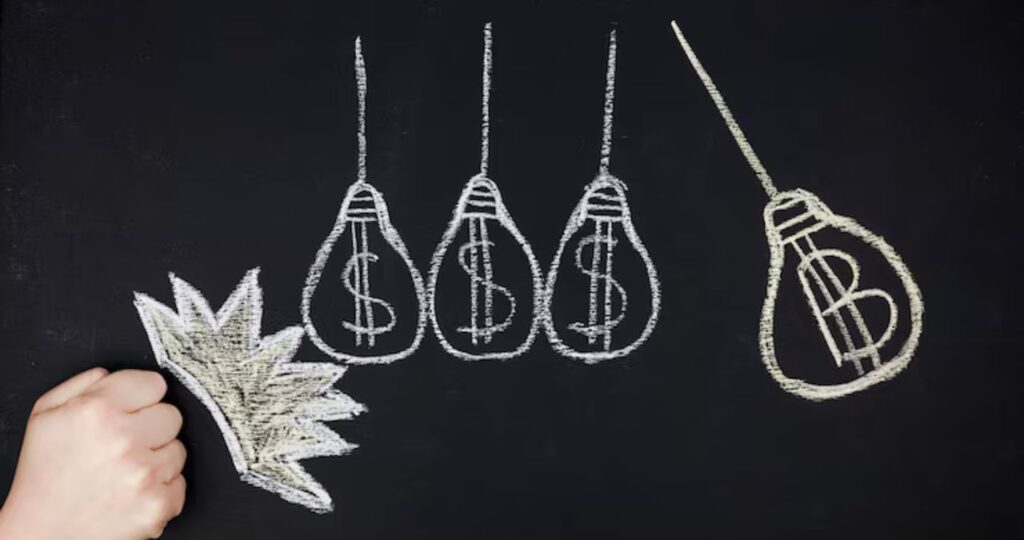Ever wondered why prices for goods and services sometimes seem to zigzag unpredictably? From sharp increases in housing prices to the fluctuating cost of your morning coffee, the concept of price fluctuations is at the core of modern economics. Economists often refer to these changes in prices, caused by an intricate dance of supply, demand, and external factors, as the Price Charalabush (or price dynamics).
This blog will break down the essentials of price fluctuations in economics and explore the driving forces behind them. By the end, you’ll have a clearer understanding of how these shifts occur and why they’re essential to regulating markets.
What Is Price Charalabush?
Price Charalabush, though not a standardized term, refers metaphorically to the “dance” of pricing shifts influenced by several factors in an economy. Prices in a market aren’t static; they rise, fall, stabilize, and sometimes exhibit volatility depending on:
- Supply and demand interactions
- Global events such as geopolitical turmoil or pandemics
- Adjustments in production costs (e.g., labor or raw materials)
- Government policies like taxes or subsidies
Ultimately, these fluctuations reflect the balance (or imbalance) in how goods and services are produced, consumed, and valued in a given time frame.
Why Do Price Fluctuations Happen?
Prices don’t move randomly. There are rational mechanisms underpinning their behavior. These influences can be categorized into three major types:
1. Supply and Demand Fundamentals
At the heart of any pricing change lies the classic economic law of supply and demand:
- High demand with short supply: When consumers’ appetite for a product outpaces the ability to produce it (think PlayStation 5s during their initial release), prices go up.
- Low demand with excess supply: Conversely, if a product is oversupplied but underappreciated in demand (e.g., seasonal sales of winter jackets in spring), prices drop.
For instance, during global crises like the COVID-19 pandemic, demand for healthcare supplies such as masks skyrocketed while supplies remained constrained, causing prices to surge temporarily.
2. Market Competition
The number of competitors in a market also impacts prices:
- Monopolistic behavior: If you’re the sole supplier of a product, you can set almost any price, provided customers value your offering enough. However, this lack of competition often leads to higher prices.
- Competitive markets: Businesses in competitive markets tend to stabilize prices. For example, supermarkets routinely cut costs to attract price-conscious consumers.
Sometimes new players or disruptions (e.g., ride-sharing apps like Uber entering traditional taxi markets) can shake up entire industries, changing pricing norms significantly.
3. External Factors
Economies don’t exist in a vacuum; external events frequently shape price movements. These include:
- Geopolitical tensions (e.g., wars or sanctions)
- Natural disasters that disrupt supply chains
- Technological advancements making production cheaper or more efficient
- Inflation or deflation cycles in broader economic systems
A recent case to consider is the rising price of food in 2022 due to geopolitical instability in Eastern Europe, which disrupted wheat and fertilizer production on a global scale.
Types of Price Fluctuations in Markets
Price fluctuations manifest in several patterns. Recognizing these types can help businesses and consumers plan accordingly:
1. Seasonal Variability
Certain goods naturally experience seasonal price changes. For instance:
- Fresh produce prices drop during harvest and spike off-season due to limited availability.
- Airline tickets are generally more expensive during holidays and school breaks, where demand naturally peaks.
2. Cyclical Fluctuations
These are tied to broader economic cycles, such as periods of growth (boom) or contraction (recession). For example:
- During economic booms, wages may rise, pushing up costs for goods.
- Conversely, recessions often lead to slashed prices as businesses compete heavily for increasingly careful consumer dollars.
3. Volatile/Unpredictable Changes
Some markets, such as commodities or stocks, are notorious for price volatility due to speculation, sudden events, or external uncertainty. For instance:
- Oil prices often experience sharp swings triggered by changes in OPEC production quotas, international conflict, or trade sanctions.
Investors and traders spend significant time analyzing patterns to anticipate such price movements, often relying on advanced algorithms and AI-powered models.
4. Artificial Manipulation
At times, market participants deliberately influence prices for personal gain. Examples include:
- Stock market pump-and-dump schemes
- Businesses forming cartels to control supply and artificially inflate prices, as seen historically in industries like diamonds or telecommunications.
The Pros and Cons of Price Fluctuations
Fluctuating prices aren’t inherently good or bad, but they do introduce both opportunities and challenges within markets.
Advantages
- Market efficiency:
Price changes send valuable signals to producers and consumers alike. If a product becomes too expensive, consumers may look for cheaper substitutes, prompting businesses to control their costs.
- Encourages innovation:
Companies facing competitive pricing pressures (e.g., in the tech sector) often innovate to stand out or reduce production costs.
- Investment opportunities:
Seasoned investors and savvy businesses can capitalize on fluctuating prices by timing their buying and selling decisions effectively.
Disadvantages
- Uncertainty:
Volatile prices make long-term business or household budgeting difficult. For example, a family can suffer from irregular spikes in essential costs like fuel or rent.
- Inequity:
Luxury goods often escape volatility while essentials like food and energy are disproportionately affected, burdensome for lower-income households.
- Disruption of small businesses:
Sudden cost increases (e.g., materials, transport) can eat into profits, making survival harder for smaller market players.
Strategies Businesses Can Use to Navigate Price Fluctuations
While price fluctuations are inevitable, businesses can mitigate their risks and turn challenges into strengths by employing the following strategies:
- Diversify supply chains to avoid dependency on a single vendor or region.
- Monitor market trends by analyzing consumer data and identifying future demand patterns.
- Adopt dynamic pricing models, which adjust prices based on real-time demand and competitive landscapes (e.g., ride-sharing apps).
- Hedge against volatility by utilizing financial instruments like futures contracts to lock in favorable prices for commodities.
How Consumers Can Handle Price Changes
For consumers, price fluctuations can feel overwhelming, particularly when they affect basic goods and services. Here are some ways to adapt:
- Buy in bulk to save money during periods of lowering prices (e.g., stockpiling long-shelf-life products like grains when discounted).
- Look for alternatives when prices for branded goods rise unexpectedly. Opting for generic or local equivalents can provide value without the price tag.
- Track promotional periods, such as end-of-season sales or special event discounts, especially in the retail and e-commerce sectors.
Final Thoughts on Price Dynamics
Understanding price fluctuations and their underlying dynamics doesn’t just help economists and researchers. It equips businesses, consumers, and policymakers with the tools needed to make informed decisions in the face of market uncertainty.
At its heart, the “Price Charalabush” highlights the dance between supply, demand, and external factors that define the modern economy. By leveraging this understanding, you can better position yourself to anticipate and adapt to changes, ensuring long-term financial stability.
Whether you’re a business owner seeking strategies to maintain profits or a consumer looking to spend smartly, keeping an eye on price trends can pay significant dividends.






